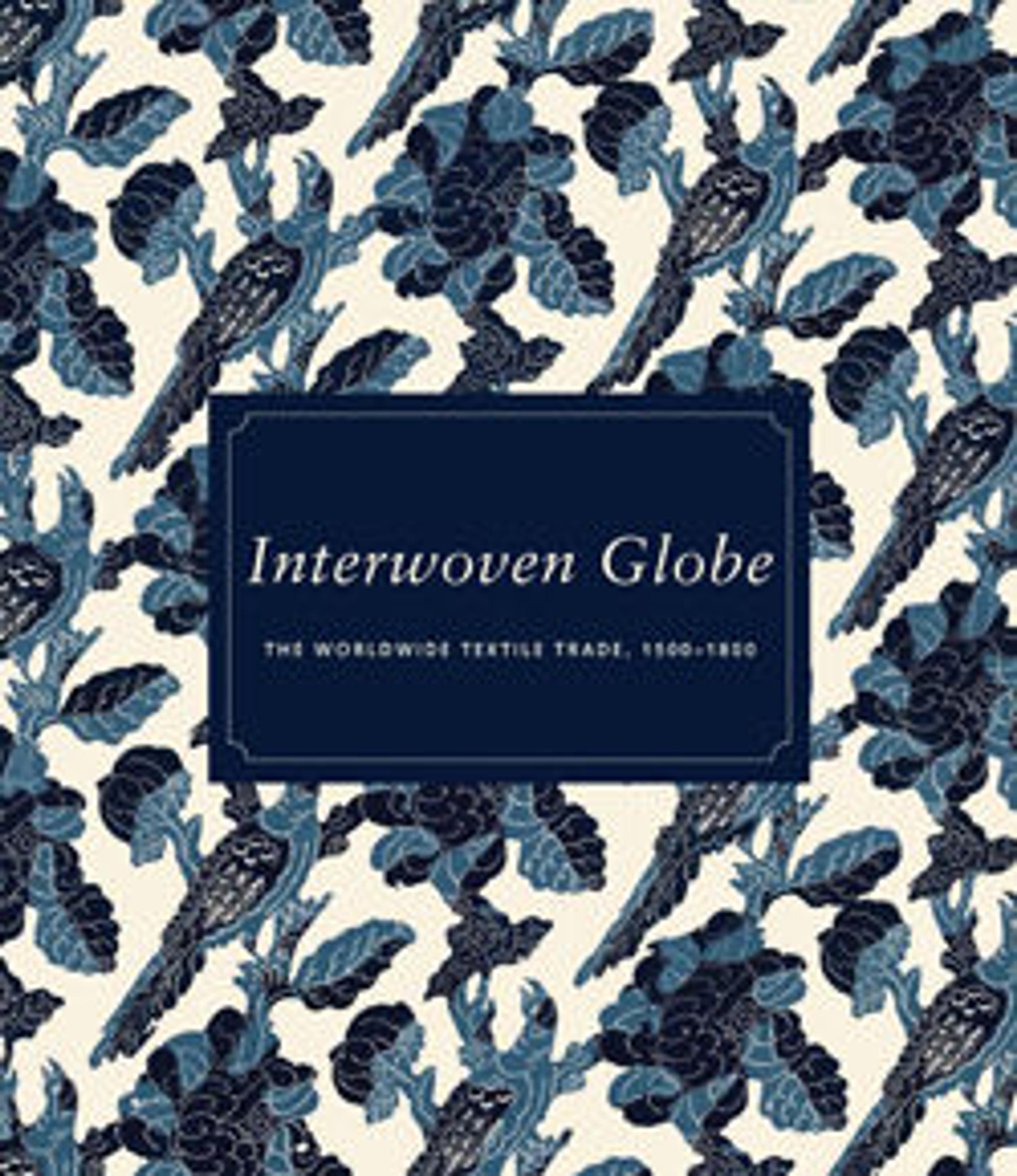Textile with Sacred Goose (Hamsa) Design
This Gujarati block-printed and dyed coarse spin cotton textile with hamsa design is a typical western Indian export cloth of the medieval period. In this block-printed repeat design, eight geese (hamsa) encircle a round flower bud, and unopened buds fill the corners, intercepting others to form a four-pointed filler. The hamsa motif has been pervasive in Indian art since at least the Sunga period (3rd–1st century BC) when it most famously is depicted as a frieze decoration on the Vajrasana, the ‘Diamond-throne’ platform which marks the site of the Buddha’s enlightenment at Bodhgaya, eastern India. The pure white goose was widely evoked in Indian literature, but it is as the embodiment of the purity of the Buddha message (sometimes invoked as its messenger), as told in the Hamsa Jataka, that it secured a lasting presence in Indian iconography. The hamsa appears as a repeat pattern in a shawl worn by a princely figure in a mural in Cave 1 at Ajanta, ca. 6th century, and the contemporary playwright Kalidasa refers in his Raghuvamsa to a “silk wedding dress woven with figures of geese”, a motif which is still present in the 15th century in dress worn by royalty, as depicted in Jain Kalpasutra manuscript paintings.
Artwork Details
- Title:Textile with Sacred Goose (Hamsa) Design
- Date:15th–early 16th century
- Culture:India (Gujarat, for Indonesian Market)
- Medium:Cotton, block-printed and mordant-dyed
- Dimensions:Overall: 40 3/4 × 189 1/2 in. (103.5 × 481.3 cm)
- Classification:Textiles-Printed
- Credit Line:Gift of Robert T. Coffland, in memory of Mary Hunt Kahlenberg, 2012
- Object Number:2012.445
- Curatorial Department: Asian Art
More Artwork
Research Resources
The Met provides unparalleled resources for research and welcomes an international community of students and scholars. The Met's Open Access API is where creators and researchers can connect to the The Met collection. Open Access data and public domain images are available for unrestricted commercial and noncommercial use without permission or fee.
To request images under copyright and other restrictions, please use this Image Request form.
Feedback
We continue to research and examine historical and cultural context for objects in The Met collection. If you have comments or questions about this object record, please contact us using the form below. The Museum looks forward to receiving your comments.
